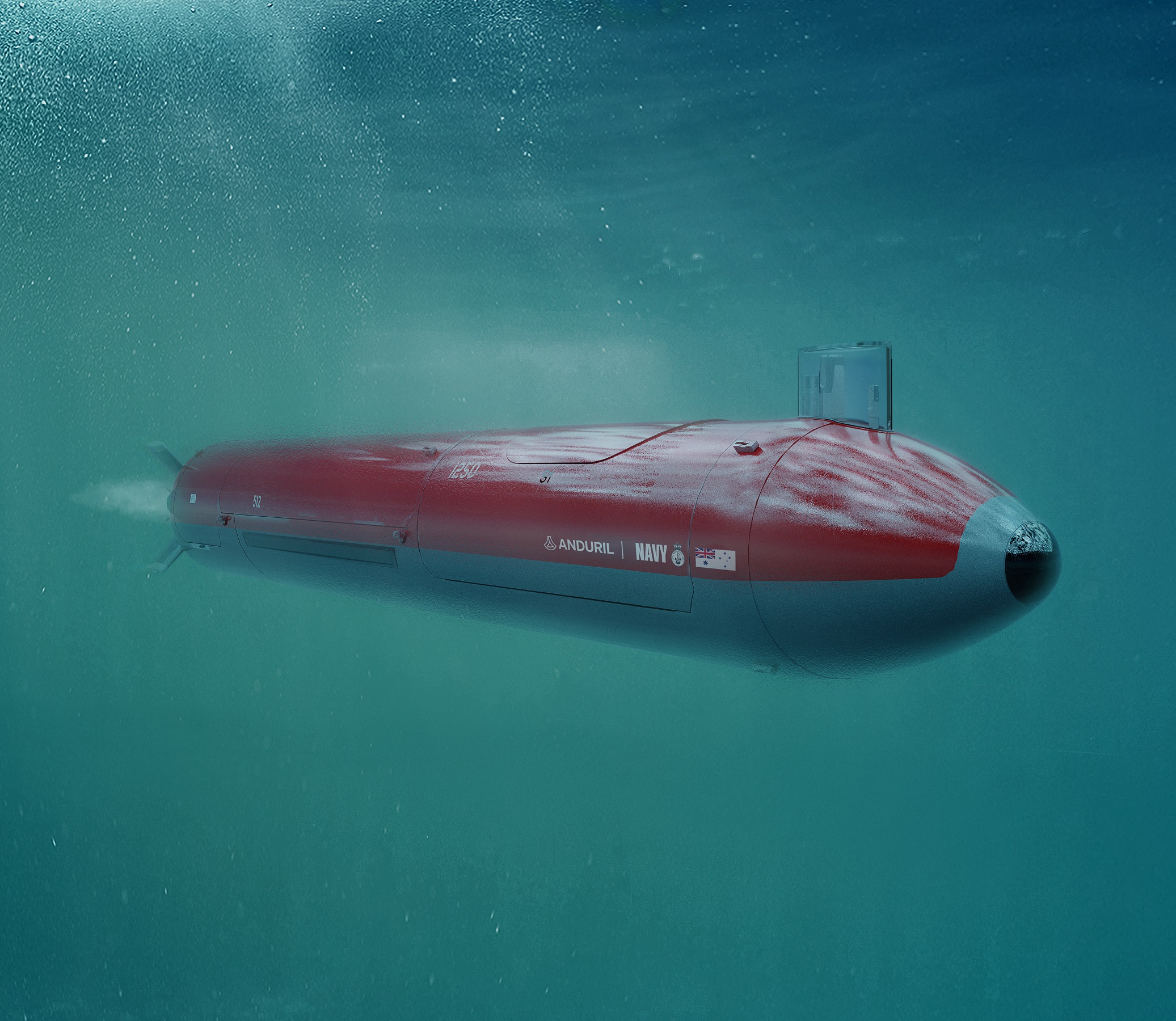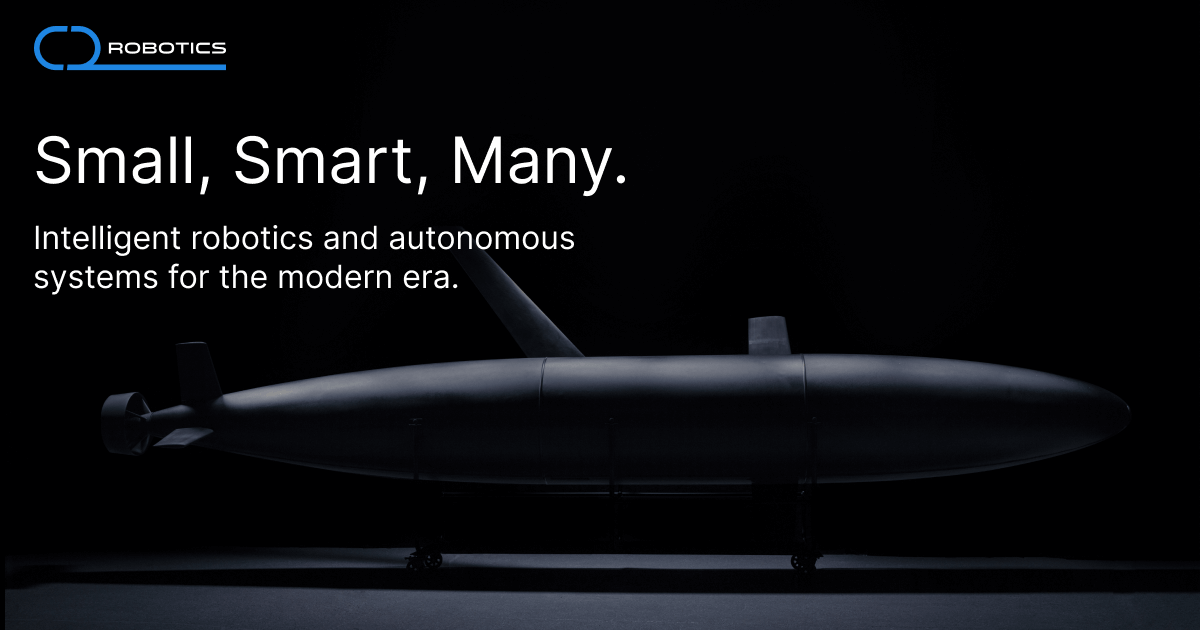I was being a tad flippant. But my point is very real.
- There are more doctoral graduates in physics per year than undergraduate that leave for the workforce. Its probably one of the only fields where that is the case. So if the RAN is targeting people, they will be targeting PhD graduates. Mostly internationals with no citizenship and mostly from China, Iran, India, etc. Trundle along to the next Australian Institute of Physics conference and this is clearly evident. Local students, and the type intending to work with defence aren't thick on the ground. Most of the defence doctorial or below related projects are ex-ADF people retraining. Most of these aren't looking to get back into uniform and into a metal box with a reactor.
- The post graduate numbers are further inflated by those studying the physics retaining course at UNSW (and elsewhere). Which is a graduate certificate (0.5 year) for high school teachers with non physics backgrounds. It is very much watered down taking units only for teachers, nuclear science isn't mentioned. Handbook
- Attracting any people to the submariner force has always been difficult. Even doubling the size of the conventional forces was seen by many well informed experts as a very challenging stretch goal.
- Talented engineering and physics graduates can easily walk into high paying jobs in a dozens fields. Engineering, Teaching. But also actuarial, big data, intelligence, semiconductors, quantum computing, network design and administration, etc. You will be competing with alphabet, AWS, etc. As well as passion project areas like astronomy and particle physics or solar. Nuclear doesn't offer those opportunities in this country.
- Nuclear is a very specific split from Engineering/Physics. Most Australian engineering courses are extremely weak on chemistry and material science. Particularly those that mostly feed civil engineering which tends to be by far the biggest field of engineering in Australia. But it also falls out of the field of chemistry, with it only at best playing a background. This makes sense, why hog curriculum time with something that doesn't exist in Australia. Those that do go into it, are often planning to move overseas.
No, I don't think $30k is going to solve the problem. Sure its a start.
This idea that the RAN will quickly flooded with nuclear qualified submariners is, perhaps, ambitious. Particularly given the issues existing submariners face in creation, retention etc.
I have concerns as the Collins age, about what that does to retention. The transition between Collins and the SSN is also going to be problematic.
Its fixable. But without the people, these subs are going nowhere. IMO I think people in senior places are still sceptical about nuclear subs.
But I've made my argument. I had it out face to face with the presidents of Engineers Australia and the Australian Institute of Physics and politicians. Problems are usually worse now, not better. People move on but legacies and fall out continue. Many people don't see or don't understand the issue.
The RAN/ADF has had some terrible education and training failures.
Two hundred and twenty current and former personnel join class action claiming negligence and breach of contract

www.theguardian.com
Skills shortage is a real thing particularly at trade levels. This came out yesterday from the ABC.
The defence shipbuilding industry warns of a skills crisis as it awaits details of how much of the nuclear submarine build will happen in Australia.

www.abc.net.au





